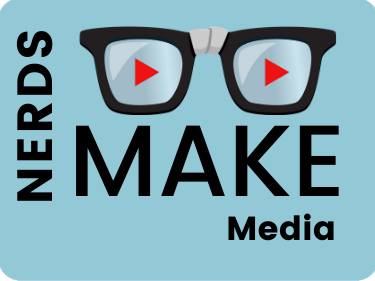1. NASA has 500 interns each summer and one person to manage them. Responding to all their emails would be overwhelming, so they started a college intern portal with Blackboard’s Coursesites, which is free. Free was important, since their budget is low. Students can’t self-register, they enroll them.
The site works well for interns to find roommates, discuss housing options, share pictures, submit their paperwork deliverables, and see a calendar of their mandatory training and events. It also allows them to get feedback through surveys of interns and download reports and track an intern’s progress.
2. Goddard also provides distance learning for educators to get up to speed for STEM content needs. NASA staff learning is done in a separate department.
3. They use the ADDIE framework. The analysis phase involves both needs assessment and goal setting. They really work with school districts so that they come to NASA with their needs, instead of NASA trying to guess what they want and need. For example, New Jersey came to them with a need for more content about sustainability, so they created it.
4. Their design phase includes:
· Learning objectives
· Nasa mission and content
· SME
· Assessment instruments
· Media selection
5. Their most common modes of training are 60- 90 minute webinars that are pretty passive learning, and “webshops”. Webshops are for professional development and last 6-7 hours. They are often held on the professional development day of school. An instructor goes over content available and demos hands on activities and ways to engage with students.
6. They used to do more in person training, but that is being replaced by online. They use a range of free tools, focusing on whatever technology their users are most comfortable with (or will work within existing firewalls and other constraints).
She primarily uses adobe connect for webinars and webshops, but also vidyo, Skype, zoom, Google hangouts, Facebook and Ustream.
7. Webinar software allows the option to comment on technical difficulties, and provide feedback on how useful the content was, which they try to use. They can also see looks at analytics from registration and who/how long people attend live seminars or watch recorded ones. However, it’s hard for them to really collect data on individuals “gotten their hands slapped by the lawyers several times”. Even for the interns, hard to track whether they are getting jobs etc.
8. They have some programs where they offer “badges” as “microcredentials” to show expertise on certain topics.
